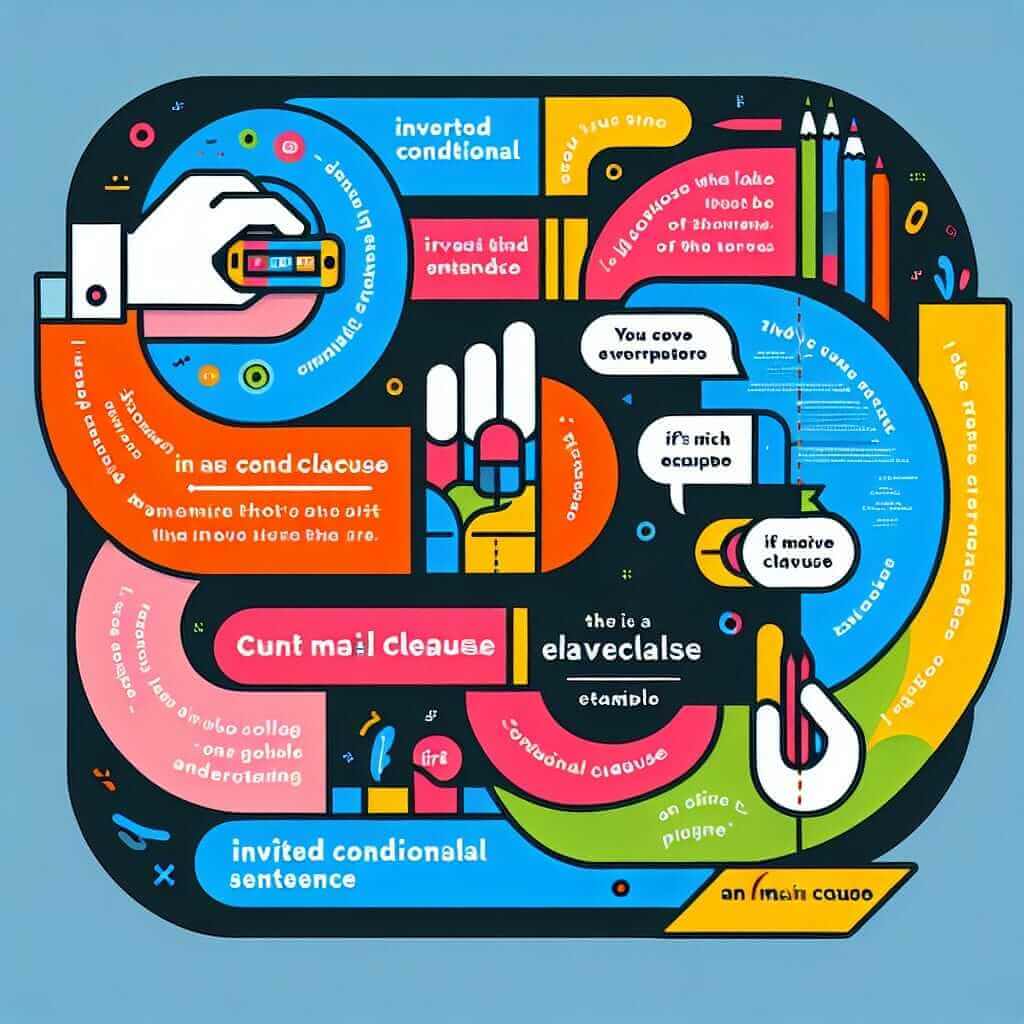Have you ever encountered the phrase “were it beneficial…” and wondered about its grammatical structure and how it could enhance your IELTS writing? This seemingly complex construction, known as an inverted conditional, is a powerful tool for expressing hypothetical situations with a touch of formality and sophistication.
Let’s delve into a few examples of how this structure can be seamlessly integrated into different sections of the IELTS exam:
Speaking (Part 3):
Examiner: “Do you think governments should invest more in renewable energy?”
Candidate: “Absolutely. Were it not for the environmental benefits, the economic advantages alone would justify increased investment.”
Writing Task 2 (Opinion Essay):
“Some argue that space exploration is a waste of resources. However, were we to cease our exploration of the cosmos, we would be limiting our understanding of the universe and stifling potential technological advancements.”
Listening (Section 4 – Academic Lecture):
“The professor argued that were it not for the discovery of penicillin, countless lives would have been lost to bacterial infections.”
In each of these examples, the inverted conditional adds a layer of sophistication and emphasizes the hypothetical nature of the situation. Now, let’s break down this intriguing grammatical structure.
Deconstructing the Inverted Conditional
The inverted conditional, also known as the conditional inversion, is a type of conditional sentence where the auxiliary verb (“were,” “had,” or “should”) is placed before the subject, eliminating the need for “if.” This inversion creates a more formal and literary tone, demonstrating a strong command of English grammar.
Formula and Application
Structure:
Were/Had/Should + Subject + Verb (base form)… , Subject + Would/Could/Might + Verb (base form).
Breakdown:
- “Were/Had/Should”: These auxiliary verbs introduce the hypothetical condition.
- Subject: The person or thing performing the action.
- Verb (base form): The main verb in its simplest form.
Example:
Were I a millionaire, I would travel the world. (Meaning: If I were a millionaire, I would travel the world.)
IELTS Application:
This structure is particularly effective in Writing Task 2 (Opinion and Discussion essays) when presenting hypothetical scenarios or counterarguments. It can also be used in the Speaking test (Part 3) to express opinions on complex issues with a higher degree of formality.

Mastering the Inverted Conditional for IELTS
Writing Example (Task 2):
Prompt: Some people believe that the benefits of tourism outweigh its drawbacks. Others argue that its negative impacts are more significant. Discuss both views and give your opinion.
Body Paragraph:
“Advocates of tourism often cite its economic benefits. They argue that were it not for the influx of tourists, many regions would struggle financially. This revenue stream supports local businesses, creates jobs, and contributes to infrastructure development.”
In this example, the inverted conditional (“were it not for”) effectively highlights the hypothetical situation of a world without tourism and emphasizes the economic consequences.
Speaking Example (Part 3):
Examiner: “What are the potential benefits of learning a second language?”
Candidate: “Well, aside from the obvious communication advantages, I believe it broadens one’s perspective. Were I to learn another language, I’d gain insights into a different culture, its history, and its values.”
Here, the inverted conditional (“Were I to learn”) adds a touch of formality and emphasizes the speaker’s personal belief in the transformative power of language learning.
Elevating Your Language: Tips for Higher Bands
To score highly in the grammatical range and accuracy criterion, consider these strategies:
- Vary your conditional structures: While the inverted conditional is impressive, use it judiciously alongside other conditional forms.
- Maintain clarity: Ensure the hypothetical situation and its consequences are clearly linked.
- Practice consistently: Familiarize yourself with the structure through regular writing and speaking practice.
Common Pitfalls and How to Avoid Them
- Incorrect verb tense: Remember to use the base form of the verb after the inverted auxiliary verb.
- Overuse: Limit the use of inverted conditionals to avoid sounding overly formal or repetitive.
Conclusion
Mastering the inverted conditional is a surefire way to impress the IELTS examiner and showcase your advanced grammatical proficiency. By understanding its structure, practicing its application, and being mindful of potential pitfalls, you can confidently wield this sophisticated grammatical tool to achieve your desired IELTS score. Remember, consistent practice and a keen eye for detail are key to unlocking your full linguistic potential.